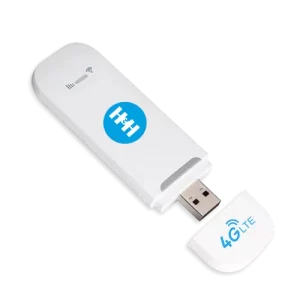Home gamers, business owners and those who just enjoy streaming 4K movies all depend on your internet speed. So to maximize the efficiency of your fiber internet connection, it’s essential that you have the ideal router for your needs.
Thankfully, you don’t need to break the bank in order to get a high-performance wireless router that can handle your bandwidth-heavy tasks. Here are some options to consider:
Speed
Fiber optic connections send data through ultrathin glass or plastic fibers, much thinner than copper wires, so they can carry data more efficiently.
To receive these fast pulses of light, you need access to a network hub or “node” that’s part of the fiber network. This node could be either physical or virtual; either way, you need access to some kind of node.
The node sends these rapid pulses of light to a computer or other device, which then forwards the signals onward to the end user. Typically, this final mile connection is copper-based; however, for speedier access you can opt for 100% fiber connections direct to your home or business.
Speed is essential for internet use, especially when gaming and streaming. Business users also benefit from high-speed connections as they enable efficient use of cloud-based applications, video conferencing, telemedicine services, and distance learning programs.
Security
The ideal router for fiber internet has features that help protect your home network against viruses and other threats. These include firewalls, guest networks, and strong encryption technology.
Many people overlook antivirus technology as a security measure. A reliable router for fiber internet should come equipped with antivirus software to safeguard your entire network against malware and other online hazards.
Another security feature to consider is a VPN connection. A VPN creates an encrypted link between your router and a remote server, making it ideal if you need to access an office or school network from home, or vice versa.
WPA3 is a new wireless security standard that offers several improvements over WPA2 and individual data encryption for each device on the network. These enhancements make it harder for hackers to break into your network and steal personal information.
Beamforming
Beamforming is a technique routers use to enhance wireless communication. It focuses radio waves directly at connected devices instead of sending them out in an omnidirectional pattern, which can improve signal strength and speed.
Particularly useful in WiFi and 5G systems, which require data transmission faster than traditional base stations can handle. Without beamforming, energy is radiated evenly in all directions which may lead to excessive interference.
Interference can either be constructive (communication is improved) or destructive (communication is worse). Beamforming solves this problem by applying a steering matrix to the transmitter, which determines which paths will reinforce each other and become stronger.
Beamforming can also be used to prioritize certain types of traffic, such as real-time applications like video and voice calls or gaming. This helps reduce latency which makes a difference in competitive online multiplayer games or streaming movies and TV shows.
QoS
A router for fiber internet must prioritize network traffic to prevent packet loss, jitter, and delay. This provides employees and customers with a better user experience by enabling them to complete tasks faster.
QoS organizes packets by sorting them into queues. Additionally, it prevents congestion by dropping low-priority packets when they are not needed.
This technology works by recognizing traffic types that need managing, marking them with specific priority levels and then creating virtual queues for each application type.
This guarantees high-priority applications the bandwidth they require, even when other traffic flows are taking up all available bandwidth. Businesses can thus ensure they have enough resources for critical applications with this resource-saving mechanism.




